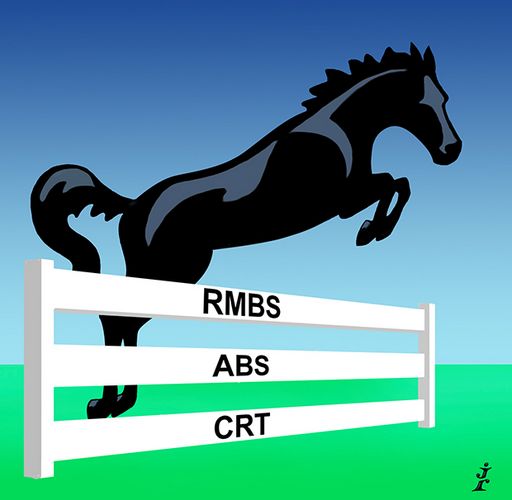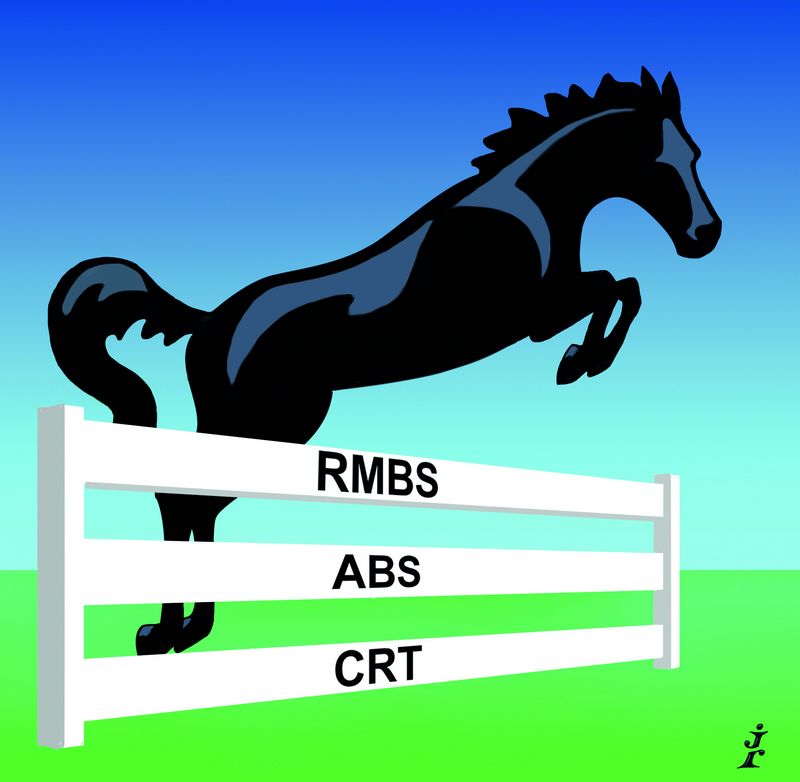Staying the course
At a time when many other European banks’ commitment to structured finance is questionable at best, Lloyds Bank has been building out an impressive and well-rounded securitisation franchise, making the bank IFR’s EMEA Structured Finance House of the Year.
The European asset-backed securities market has been far from straightforward for a long time now. But even so, 2015 was a particularly tough year.
Elevated expectations around the European Central Bank’s intervention into the ABS market were left frustrated, as the pace and scale of central bank purchases turned out to be lacklustre at best.
Spreads widened sharply across the board throughout the year, making it that bit harder to sell deals in primary. Then, Volkswagen’s emissions scandal in September upended the auto ABS sector towards year-end, normally one of the more painless areas of the market.
But where others shied away from the challenges, Lloyds Bank went from strength to strength, executing deals for European issuers in euros, sterling and US dollars across the full sweep of sectors.
“There are fewer and fewer firms committed to the asset class,” said Allen Appen, head of Lloyds’ financial institutions capital and asset-backed solutions business. “We’re not unaware of the challenges; the infrastructure required to be excellent in this business is substantial. But we have a strategy that’s aligned with market conditions and we’re redoubling our efforts.”
Lloyds recognised early the need to execute cross-currency deals to keep the wider base of buyers engaged with the asset class, with two deals in its Penarth UK cards series in March and June tapping the US dollar market in size. While Lloyds brought US bank Citigroup along for the first deal, it was sole bookrunner on Penarth 2015-2, making full use of its expanded US distribution platform.
Full effect
This approach was used to full effect on Permanent 2015-1 in October, the first public deal out of Bank of Scotland’s RMBS master trust for four years.
“Everyone knows the pipeline is dominated by UK RMBS supply, but the sterling market is going to struggle to cope with this alone,” said Bob Paterson, Lloyd’s head of ABS syndicate. “We’re not going to be able to process that supply, unless we reopen the US dollar and euro markets for these issuers.”
Permanent’s prime deal tapped both euros and dollars as well as sterling, having to reintroduce the programme to investors at a challenging time in the securitisation markets. UK master trusts have not been active in euros for years, and the rarity value saw euro buyers pile into a 1.7 times covered book. This allowed Lloyds to price the €500m tranche tighter than initial price thoughts, despite the difficult backdrop.
Lloyds was also there for one of the year’s trickiest RMBS trades – as a joint lead manager on the Auburn 9 UK buy-to-let deal.
Ireland’s Permanent TSB sold the originator – Capital Home Loans – to Cerberus in July, with the US private equity firm wanting to complete a securitisation the same month.
But with tensions around Greece at their height, and spreads in the secondary market blowing out wider, the timing was particularly challenging. Despite these headwinds, leads were able to upsize the deal to £525m from the initial target size of £300m.
“Auburn was not a regular deal for a frequent issuer, it was a big event-driven trade,” said Matthew Cooke, co-head of Lloyds’ securitised products group. “It’s these event-driven deals that are going to set the tone in 2016.”
Cerberus also bought £13bn of former Northern Rock mortgages – which includes the famous Granite portfolio – in November, earmarked for securitisation next year.
Away from UK RMBS, Lloyds was active in both sterling and euro auto deals, Dutch RMBS, secured corporates and project bonds. The bank also pulled off a £178.5m capital relief trade, placing a synthetic securitisation of unsecured corporate loans with a range of international investors in March.
“Many are ambivalent about the funding they can achieve through securitisation. Risk transfer and capital relief has to be the future if the market is going to grow,” said Appen.
To see the digital version of the IFR Review of the Year, please click here .
To purchase printed copies or a PDF of this report, please email gloria.balbastro@tr.com .



